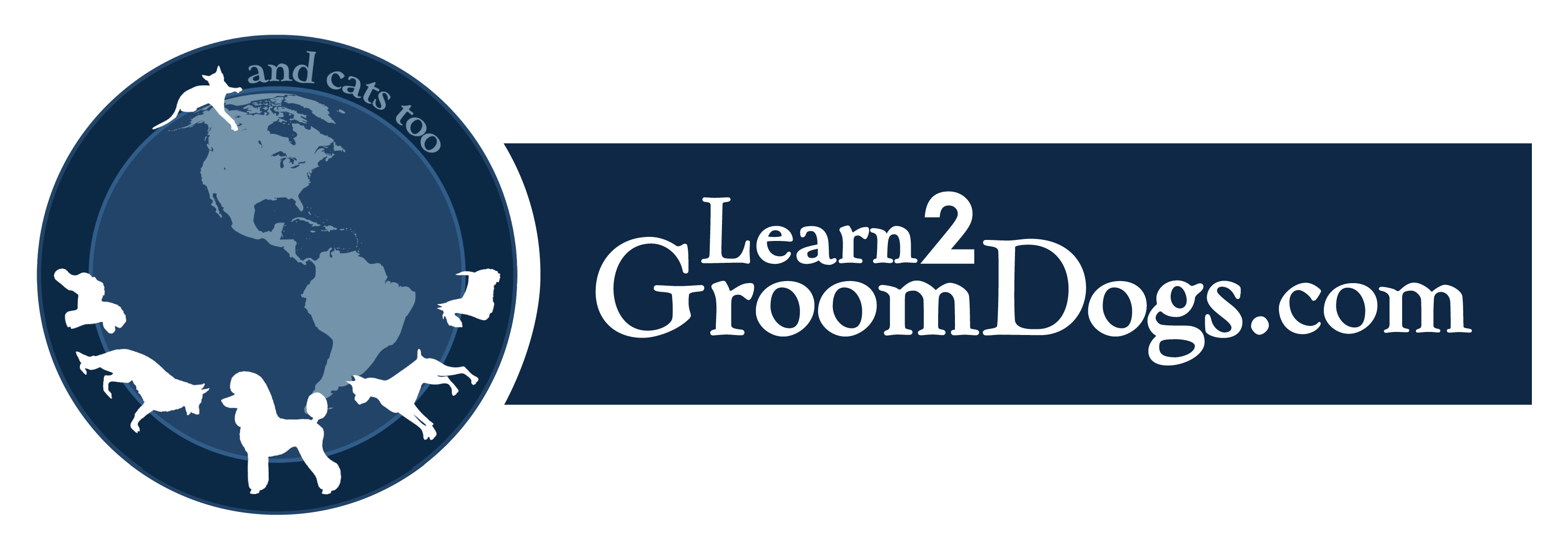In the following article, Wahl Animal E.L.I.T.E. Educator, Tracy Coffland, offers some tips and tricks to help ease the stress of halter breaking show calves.
The method one chooses to halter break their show calf determines how they will respond throughout show season. Follow these four tips to have a successful year with little stress.
1. Start Early
When it comes to halter breaking calves, it starts early! Shortly after weaning, we like to tie up the calves and when we do, there are very important “rules” we follow. At the Coffland Farm, we have a cattle-working facility where we will run the calves down the chute. Once in the chute, we put halters on and drive them in to our “catch pen.” This is a small, confined area, that allows us to tie the calves up easily.
2. Break in Groups
A vital action we take, when possible, is to always break in groups. In the instance there is only one or two calves and we can’t keep them tight enough in the pen area, we will bring in a “retired” show heifer or cow. This provides a calming presence for the beginning calves being tied for their first or second time. When the group is large enough, we tie the calves’ side by side and close enough, so they feel comfort in their buddies being with them. By tying your calves next to one another, it keeps them from whipping back and forth and prevents frightening the rest of the group that otherwise may create a more difficult and stressful process for the cattle.
3. Limit Stress
I am a big fan of limiting stress, especially in this step of the process. In a stress-free environment, I find cattle will break much faster and easier. We do not tie their heads high or tight to the fence. It’s best to leave a little slack on their halter but, not too much as it can possibly cause them to get wrapped up in the rope. When tied close enough, this should not happen. At the Coffland Farm, we prefer to use ring halters as they loosen when the calf stops pulling and is less straining on them. These types of halters also teach the result of stopping the pull and getting relief from the tightness of the halter. For the first few times we will leave the cattle tied up for a couple hours. If warm outside, we will put a fan on them to prevent over-heating.
4. Be Consistent
After a couple days of repeating this process, the calves will begin to tie easily in the pen and we can begin putting halters on them without running through the chute first. With repetition, the cattle will become comfortable with the tie process and we slowly start to work at leading them around in a small and confined area. The smaller the area, the better, as they may try to bolt. The confined area does not allow them to get far and lets us grab the halter again. Later, it’s important to lead the cattle to the wash rack. Washing the first time or two helps eliminate wild demeanor.
By following these steps and practicing repetition and continued trust building work, you will quickly have the cattle broke. Happy showing!






